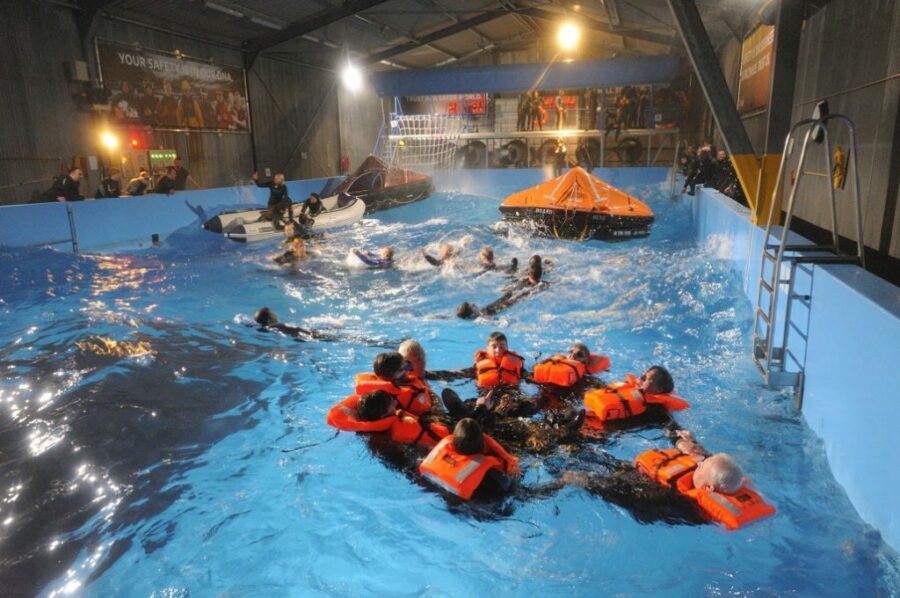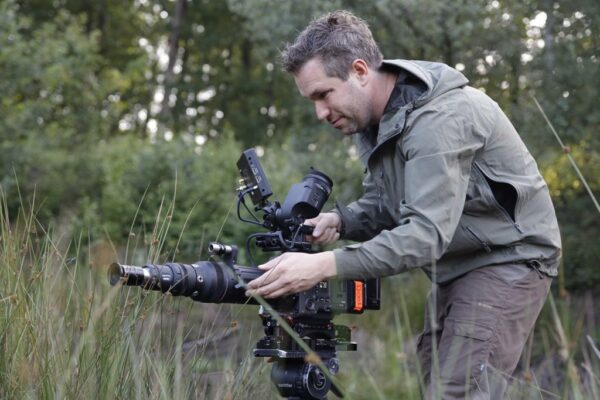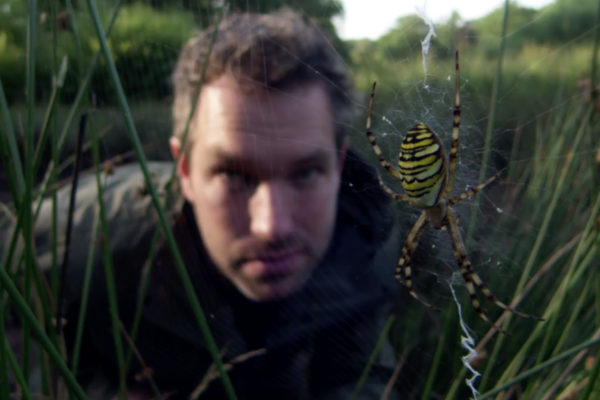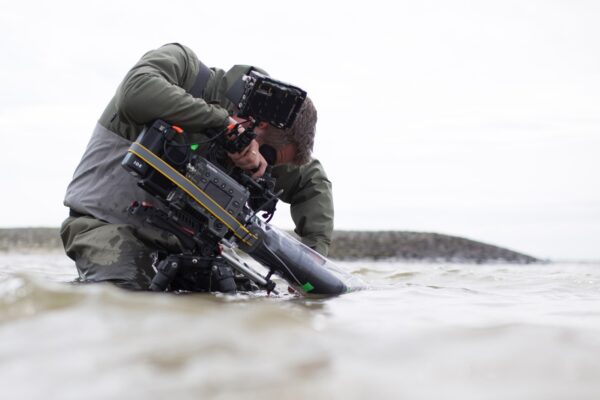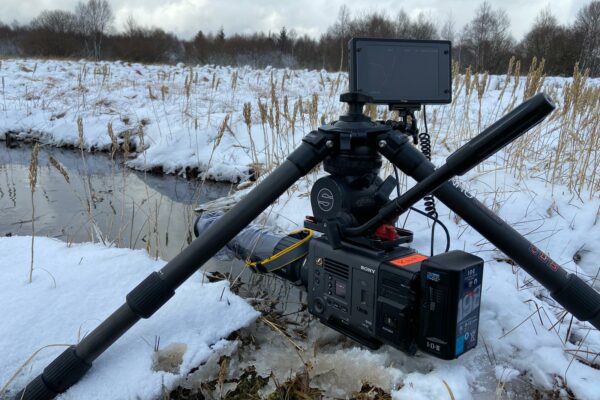Expertise
Drone
EASA certified for flying everything from tiny to 25kg drones, day or night flights. Experienced at both single and dual person (pilot and camera) operations and experience include flying from a boat and in extreme temperatures.

Long Lens
Maybe most of my hours behind a camera have been with a long lens. I didn’t count shooting days, but they surpass 1000 at least. To me it feels that operating a long lens is just like second nature. Whether this is from a hide or not. Often very underestimated, but working with lenses up to 1500mm is specialist work. I’m very comfortable working with any long lens, but most preferred are the Canon 50-1000mm and (cine adapted) Sigma 150-600, both owned by myself.
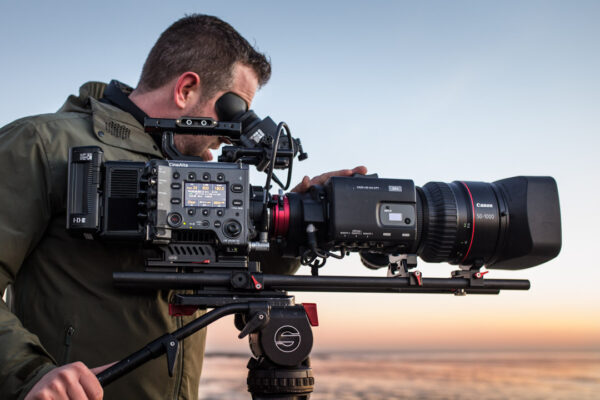
Macro
As much as I love the long lens work, I enjoy working in the macro/micro world too. So much I’ve even had my own custom-designed borescope lens build, now called the Hyperion Microshot. Working in macro means building stories with shots, pure cinematography. I also own various other macro specialized gear like movement options, lenses, lighting, etc.
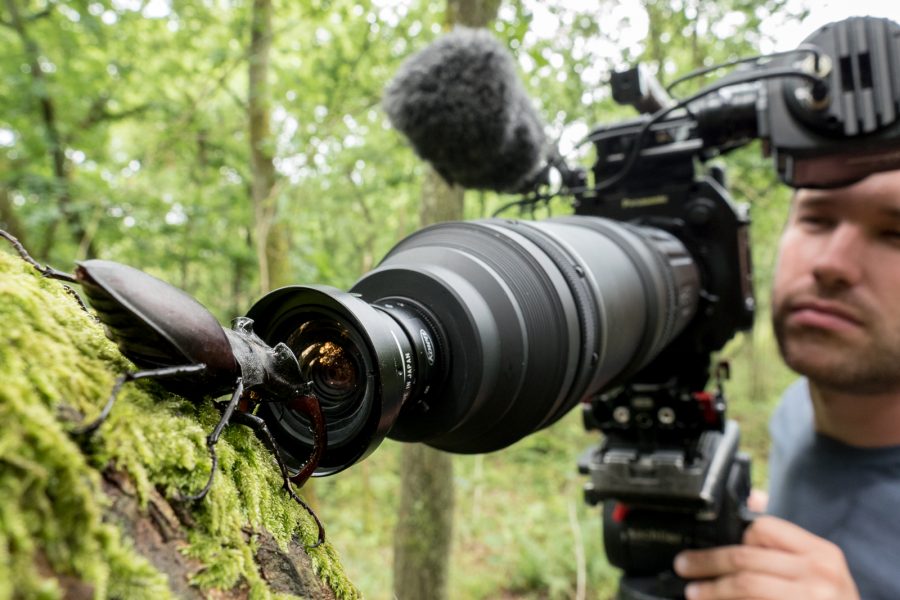
Incredibly fast…
If the subject tends to move incredibly fast you can rely on my experience with high-speed cameras. I’ve been working as a Phantom camera trainer many years ago and since then I’ve been using highspeed cameras (up to 5000fps) for various projects to visualize stories that happen too fast for normal cameras. Most experience with phantom cameras, mainly Flex 4K (>100 shooting days).
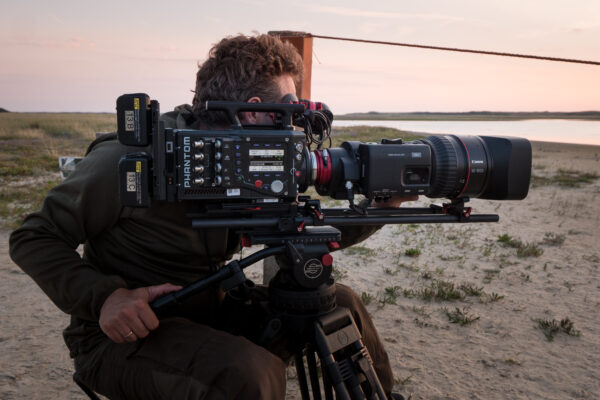
…or very slow
I’m comfortable saying that timelapse is no mystery to me. Whether it’s clouds building to a storm or plants and fungi growing in the studio, we love to think beyond the obvious and the ‘it’s done before part’. By using my own timelapse gear in the field to visualize stories that take too long for a normal camera or by working closely with very skilled timelapse studio experts. So if you have an idea, please challenge me!
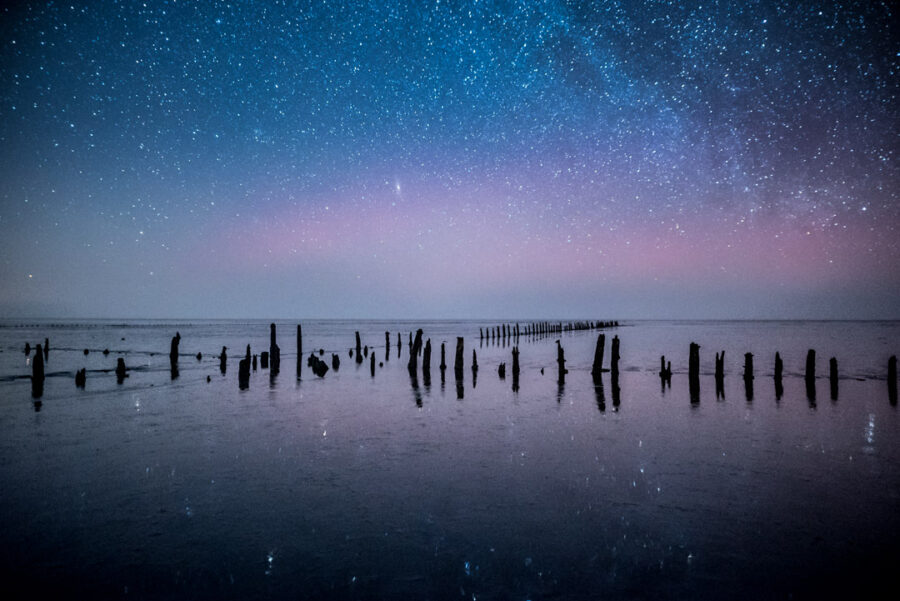
Camera Trapping
I’ve been building my own camera traps since 2013. These days my 4K Video camera traps can work with various cameras including the Sony A7sII, A7sIII, and Panasonic GH5(s).

Grips, gimbal, movement
I have good Movi/Ronin and gimbal experience as I own(ed) various of these. Also small (but growing) experience with Shotover Gimbals.
Small dollies, large tracks, sliders, and cablecam setups. And of course one of my favorites; the P&S Skater Dolly. There is nothing that works better for low-angle setups than the Skater.
Multi-axis Motion control timelapse. I’ve done things like recreating the same moving shots multiple times to overlay them in post to repeatable 6-8m long movements to record timelapse/seasonal changes in the field.

Lighting & Set Design
Whether it’s lighting in the field or recreating the field in the studio with as natural light as possible, it’s no mystery to me. Designing and building the set, controlling lights, temperature, humidity, etc. All possible in own studio in the Netherlands or on location. For me, just about every building can be an indoor studio with the right approach. Experience includes keeping and breeding various types of insects for filming purposes, working with dangerous animals like snakes, and (even big) aquarium setups with currents or waves if needed are all possible.
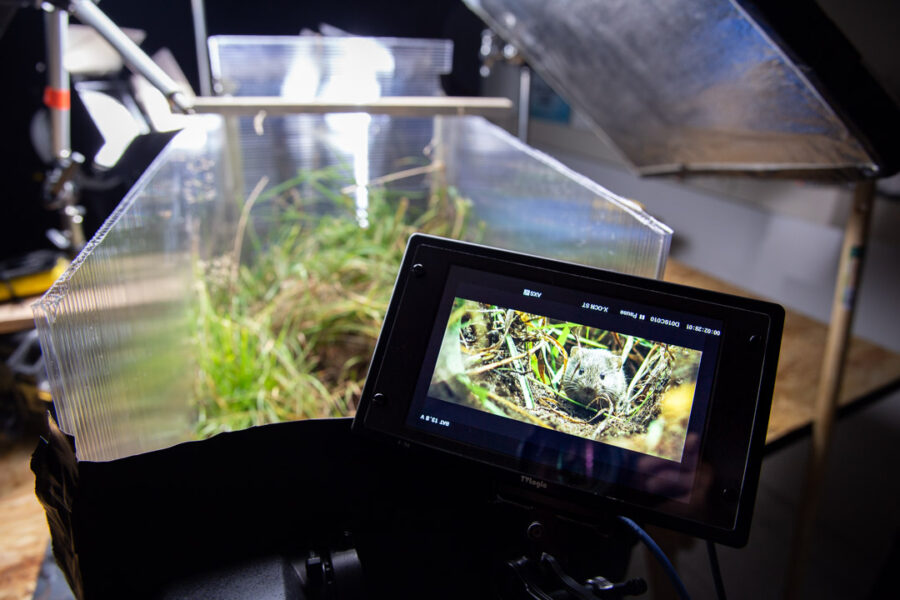
IR lighting or thermal cameras
Thermal cameras, night vision, infrared, or my own custom build starlight setup.
I’ve done various projects where IR lighting was necessary for creating a beautifully lit scene in a way animals wouldn’t notice. I’ve developed a system with various lights running from big batteries capable of lighting a big scene to last multiple nights. I also have used thermal cameras on multiple projects to film animal behavior in total darkness or visualize thermal activity like with hibernating animals for example.
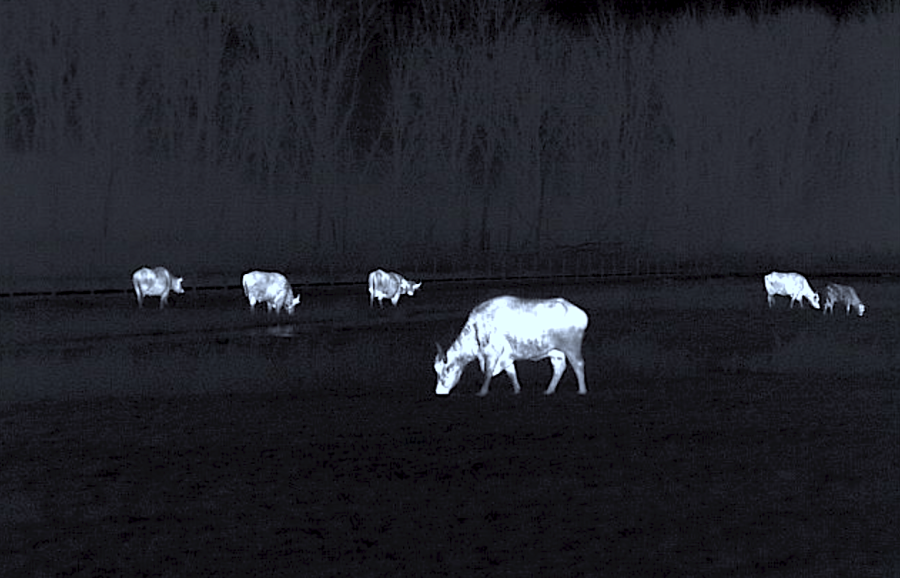
Custom Systems
Every project has its own challenges, but to me, the challenge becomes the most fun when I’m able to look beyond available equipment. Examples from the last couple of years are like 3d printed camera parts and dummy cameras. I also have been adapting cameras and lenses all the way up to rigging the Sony Venice camera under an F16 jet fighter with custom-designed parts.
Another good example might be my custom camera-trap systems and my custom-designed borescope lens turned into the Hyperion Microshot. Please read the story if you’re interested.
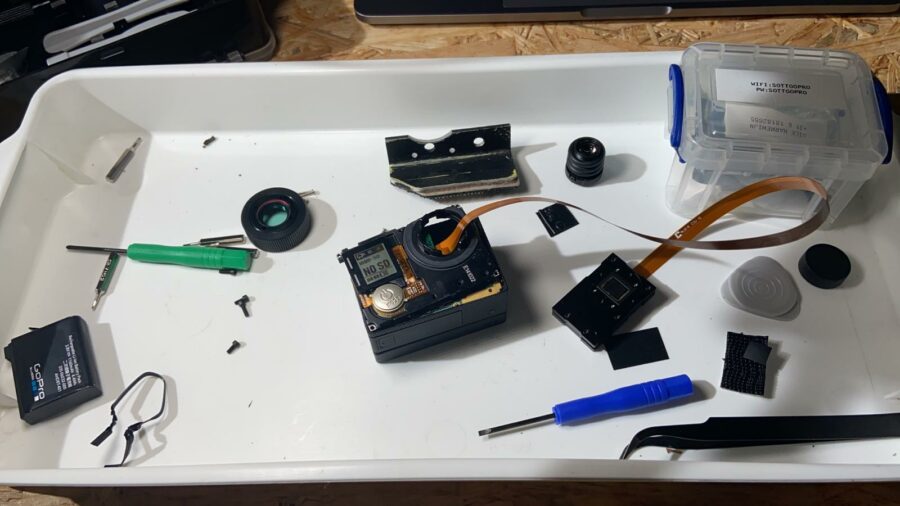
Color correction and post production supervising
I’ve had a side track in my career where I worked as a colorist on various productions. These days are still valuable today in my work as a cinematographer. Knowing more about the science behind color and digital cinema and especially knowing the possibilities in the grading help me to make the right choices in the field to create the best-looking image on the screen. This experience has also proven to be very valuable on multiple projects where I in addition to being the man behind the camera could assist as a low-key post-production supervisor or with data wrangling challenges.
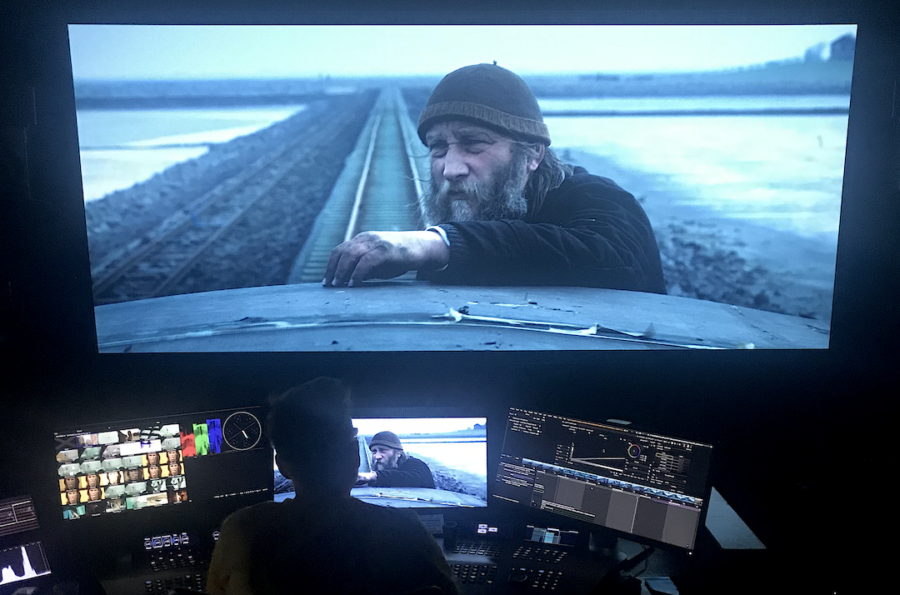
Additional skills
- Bachelor of Arts Film. School of Arts Utrecht. Directing, camera and sound.
- Various courses and training in storytelling and writing for (wildlife) documentaries.
- Certified diver.
- Maritime training, incl. heli to water and extreme situations.
- Bosiet offshore certification. BOSIET + EBS & CA-EBS / NOGEPA 0.5A
- Various medical training, incl. regular CPR and hostile environment training.
- Good experience with traveling with kit, incl. applying for and handling carnets.
